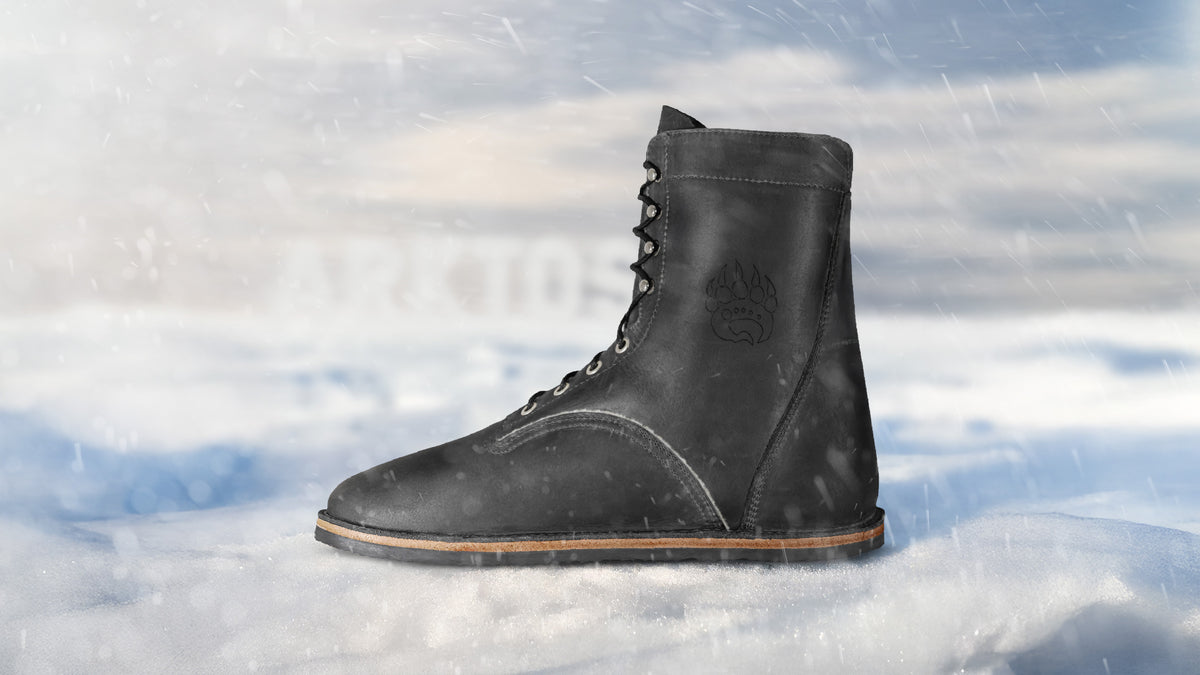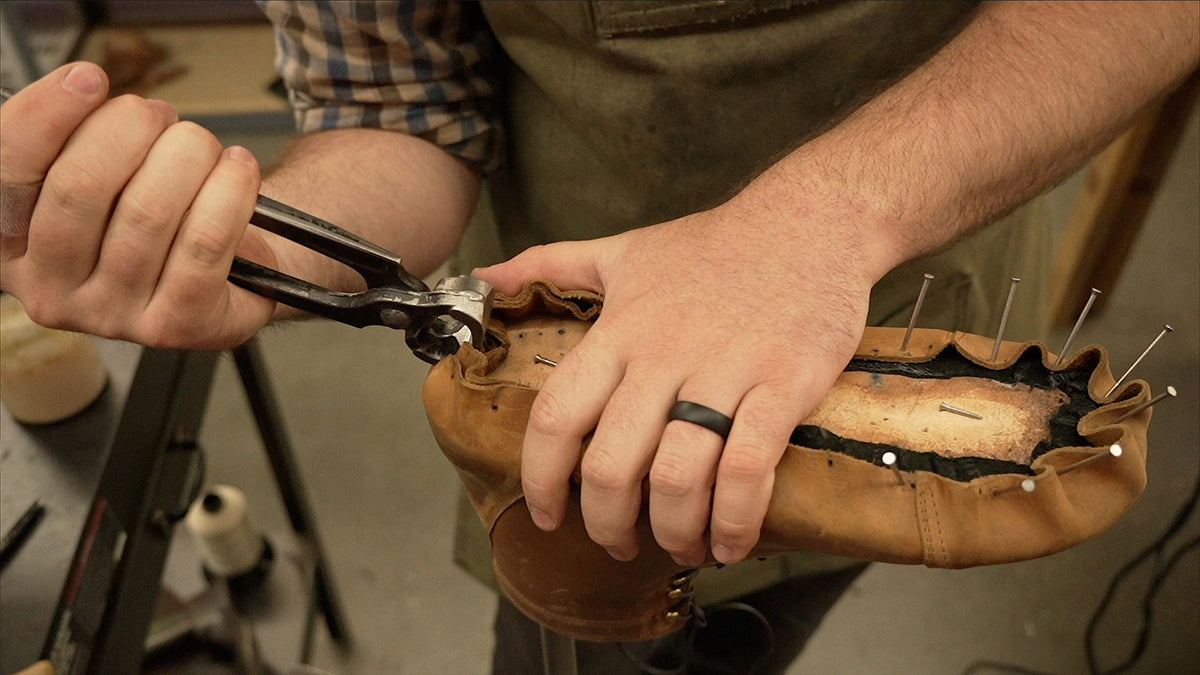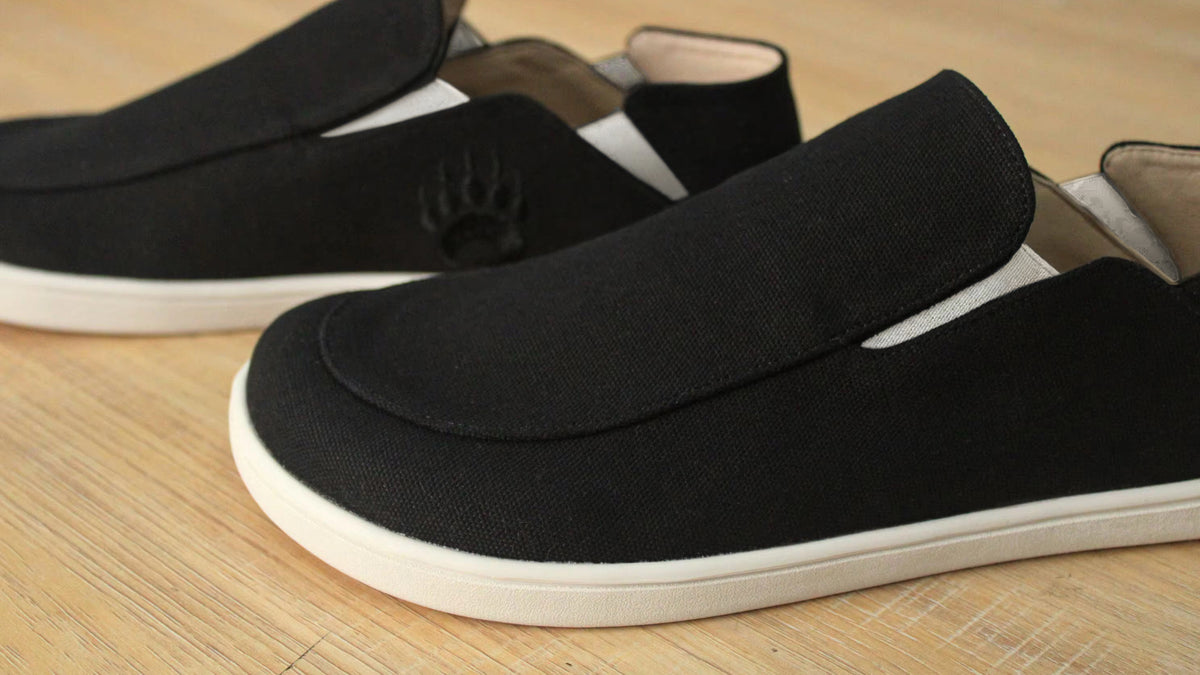Does Training Barefoot Make You Stronger?
Written by: John Baker and Lily Hoog-Fry
An Inherited Problem
Sometimes it bums us out to correct an issue we were essentially forced into. We look around at peoples’ feet and see these shoes that resemble a mannequin more than an actual foot. We don’t blame the big shoe companies, though. They did their best.
People have said their feet hurt, and the shoemakers gave them an abundance of cushy foam to help them feel better. But, we were given expensive band-aids for our problems but could not solve them, which led to a whole host of other problems scattered throughout our bodies.
Unfortunately, many people don’t have many options for footwear that are appropriate for their work. However, there are still options to help regain a healthy foot and a healthy body without disrupting your schedule!
Train Smarter to Save Time
We all wish that we have more time in the day. Unfortunately, nobody has figured out how to make each day longer. Therefore, to accomplish more every day, we must become more efficient and try to accomplish multiple things simultaneously when possible.
One of the best training/life hacks that we know of is training barefoot or in barefoot shoes. Strength training allows us to place our feet in unique and demanding positions under load.
Going barefoot or wearing barefoot during our training strengthens and changes our feet more than daily life can offer. This helps our feet become more naturally shaped, strong, flexible, and stable - faster. If we’re already going to the gym, why not get the most out of our efforts?
When we train with our feet barefoot or in functional barefoot shoes, we can explore the end ranges of our mobility, increase our strength and endurance, and drive positive adaptation and improvement for our feet and our entire body. As we will discuss, conventional shoes shut down your body's ability to unleash its full potential.
While some exercises may target and/or bias the thigh muscles and others the shoulder complex, every exercise can target the foot. Whether it is a squat, bicep curl, or shoulder press, your feet are involved - or at least should be!
Why spend extra time doing foot workouts when you can also strengthen your foot-ankle complex during your regular training? I don’t know about you, but I do not get excited by the idea of finishing a hard training session (or even an easy one, quite frankly), going home, and doing another 20-30 minutes of foot-specific drills. I would much rather save time, and energy, by going barefoot (or wearing barefoot shoes) during my training.
By training barefoot, you can train your feet t at the same time you train the rest of your body, reserving the non-training hours of my day to tackle the laundry list of other things you have on my plate (Taddei et al, 2020) (Kelly et al, 2012) (Curtis et al, 2021) (Jan-Peter et al, 2013) (Ridge et al, 2019).
More Stability = More Strength
Increased Surface Area and Ground Contact
Have you ever tried riding a road/cycling bike on a wet road? It ends with me falling from my bike and wrestling concrete whenever I have. I struggle to find a way to stay stable over a small tire at high speeds across a slick surface. However, I have no problem maintaining stability on a mountain bike. The reason for this isn’t the difference in suspension, it's that the mountain bike has more ground contact (the tire has a greater surface area in contact with the ground at any given moment). Although both styles of bikes have relatively small tires, the difference in size between a mountain bike tire and a road bike tire results in massive differences in stability.
Let’s apply this to footwear. A conventional shoe has a narrower base throughout its construction length than a barefoot shoe, resulting in significantly less ground contact. This means barefoot shoes make you more stable and ‘sure-footed’ than their conventional counterparts.
It’s no secret that you’re less stable on a figure skate than a hockey skate and less stable on any skate compared to a shoe… so why do we forget this logic when selecting the appropriate footwear? The wider the base, the greater the surface area, and the greater the stability not only at the foot and ankle but throughout the entire body (Yamaguchi et al, 2015) (Cudejko et al, 2020) (Cudejko et al, 2020).
Neurological Enhancement and Inhibition
Our bodies have this genius system that works like your car’s traction control. When your car senses it’s slipping or has decreased stability on the road, it begins to apply the brakes to regain stability. When our body senses instability, it will apply neurological breaks to specific muscles to regain control. This is great when walking across ice or navigating a slackline… but not when trying to pull a sumo deadlift or squat heavy.
Conventional footwear over-activates this system. Conventional footwear creates an improper foundation and bombards our tractional control system. It doesn’t allow us to recruit muscles when needed optimally. Maybe you were strong enough to hit that lift, but your shoes held you back.
Luckily studies show that barefoot shoes allow for proper sensation and stabilization, greater recruitment and coordination for our musculature and joints, and even improved reaction times. Not only will this help you perform a scripted movement (e.g., squat, bench, deadlift), but it will also result in a faster and more coordinated neuromuscular response to unforeseen situations as well (e.g., dodging an out-of-control weight, spotting your training partner, euro-stepping past you buddy to throw out some trash). In short, barefoot shoes will improve your training and everything else you do. (Romer et al, 2019) (Robb et al, 2021) (de Villiers & Venter, 2014) (Lu et at, 2022) (Southwell et al, 2016).
Completion of the Kinetic Chain
Unlike conventional footwear, which has an upwardly sloping toe (aka toe spring), the human foot is designed to have flat contact with the ground. This gives us more friction against the ground for propulsion and stability.
The engineering of the human foot is beyond complex and is far too advanced for the reductionist logic that conventional footwear employs.
Natural foot movement requires greater mobility and synchronized recruitment of more than 30 joints and 100 muscles, tendons, and ligaments – some of which start in the lower leg and extend to the toes. These muscles, tendons, and ligaments work together to properly align the load-bearing structures upstream in the body while simultaneously managing force distribution at the foot, ankle, and knee.
Proper alignment increases musculature recruitment at the pelvis, decreasing unwanted stress on the foot, ankle, and knee. On the other hand, conventional footwear changes the orientation of these muscles, crippling and inhibiting them from doing their jobs. The lengthening throughout the muscles of the foot in barefoot shoes changes the mechanics of the foot back to its originally intended design and makes them stronger. This results in greater power output from the lower limb, increased stability throughout the entire kinetic chain, and better proprioceptive awareness of the entire body- what an efficient deal. (Kerrigan et al, 2005) (LaPlaca & Seedman, 2021) (Yamauchi & Koyama, 2019) (Yamauchi & Koyama, 2022) (Franklin et al, 2018) (Chen et al, 2016) (Manganaro et al, 2022).
So...Can training barefoot actually make you stronger?
Improving foot health does not need to be a crazy thing. It doesn’t require a complete renovation of your schedule or life, and no fancy equipment or a higher level of education is needed. It requires consistent exposure to being barefoot or wearing barefoot shoes and a commitment to yourself.
Over time you will be able to become and feel more stable, your movements will become more mechanically sound, and your body will stop putting the brakes on your potential. Your body will function like a fine-tuned and well-coordinated machine!
Going barefoot is one of the easiest things you can do to improve your training.
Why wait to reach your potential when you can start today?




























